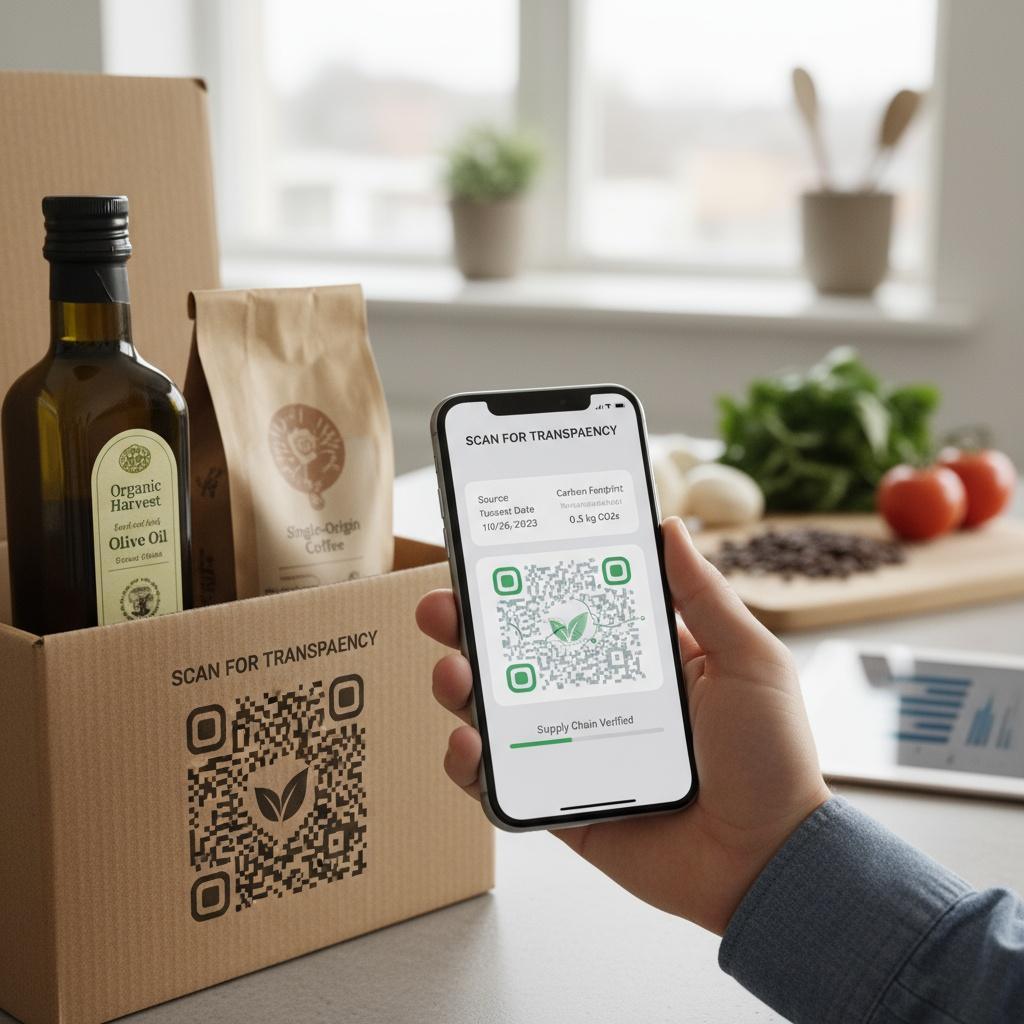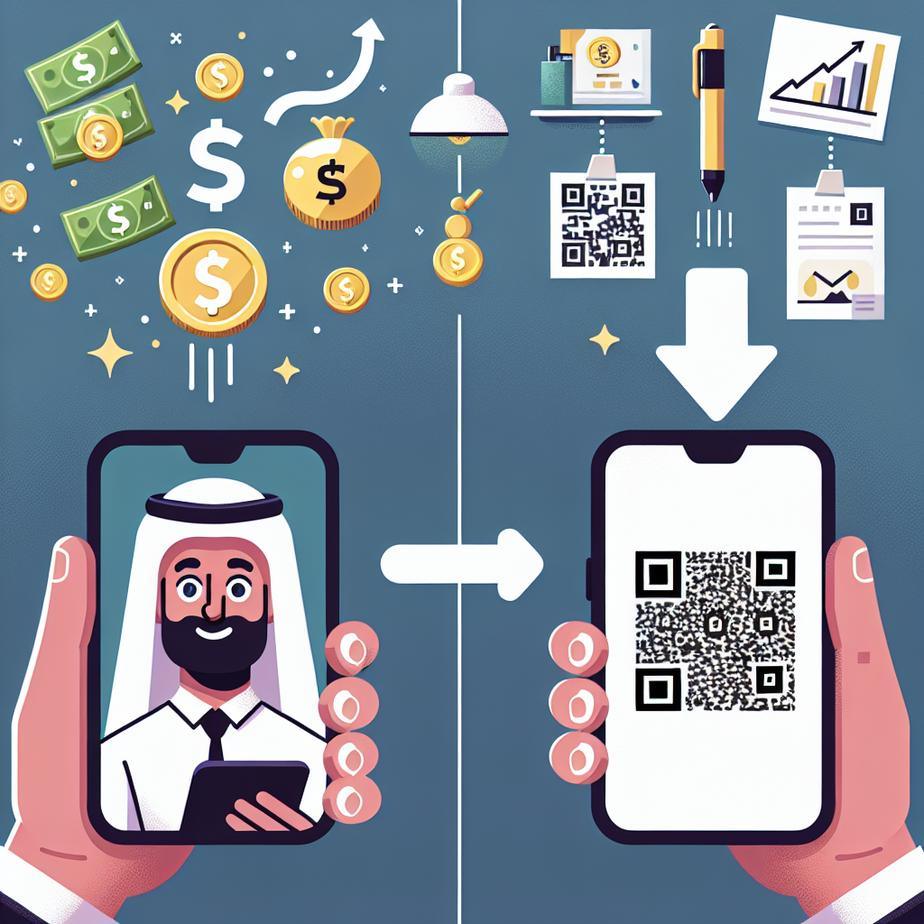

In the realm of modern marketing strategies, QR codes in business have emerged as one of the most cost-effective digital transformation tools for small enterprises. The ability to connect physical marketing materials with digital experiences has revolutionized how businesses engage customers without breaking the bank.
QR codes offer small businesses an accessible, inexpensive way to enhance marketing campaigns. Unlike traditional advertising that demands significant investment, generating and deploying QR codes is remarkably affordable. From flyer placements to product labels, these codes seamlessly integrate into existing marketing assets without the need for costly redesigns or print runs. This affordability makes QR codes an ideal entry point for entrepreneurs looking to maximize return on limited marketing budgets.
One of the standout benefits of QR codes is their ability to foster interactive customer engagement. When scanned, they can lead customers directly to exclusive content, special promotions, or detailed product information. This immediacy enhances the user’s shopping experience and can significantly increase brand loyalty. For a deeper dive into how QR codes elevate customer connection, Layerise outlines strategic approaches to boosting engagement using dynamic QR codes.
Beyond marketing, QR codes streamline various business operations. For instance, contactless payments via QR codes reduce hardware costs and simplify transactions, a trend that’s gaining momentum especially in a post-pandemic world. Additionally, QR codes facilitate quick access to customer surveys, loyalty programs, and Wi-Fi connections, making processes more efficient for both businesses and consumers. The U.S. Chamber of Commerce offers insights into how QR codes enable smoother payment processes and operational efficiency, which can be invaluable for small business owners. Read more on QR code payment adoption.
One underappreciated advantage of QR codes is their capacity to collect valuable customer data without imposing on user privacy. When implemented thoughtfully, businesses can gain insights into scan locations, timing, and device types, helping them understand customer preferences and behavior patterns. This data empowers small businesses to optimize campaigns and customize their offerings in ways that resonate deeply with their audiences.
Customizable QR codes allow businesses to maintain brand consistency by incorporating logos and color schemes, thereby reinforcing brand identity in every customer touchpoint. Moreover, dynamic QR codes enable content updates without requiring a new code, facilitating campaigns that can evolve in real time based on analytics and market conditions. For those interested in creative uses of QR codes in marketing, Adobe’s blog presents innovative QR code applications that inspire uniquely tailored campaigns.
Small businesses have embraced QR codes in diverse ways: integrating them into loyalty programs, embedding detailed product information into packaging, streamlining event registrations, and even enhancing customer feedback mechanisms. This adaptability makes them indispensable for a variety of sectors, from retail and hospitality to services and events.
As QR code adoption grows exponentially—with projections showing millions of users scanning codes annually—the technology is proving to be more than just a gimmick. It’s becoming a staple in the toolkit of small businesses aiming to create meaningful customer interactions efficiently and cost-effectively. For comprehensive statistics and trends on QR code adoption, the extensive analysis by Business News Daily highlights key adoption metrics and business benefits.
In conclusion, QR codes represent a powerful, accessible digital transformation tool that small businesses can leverage to elevate their marketing strategies, enhance operational efficiency, and gather insightful data. As the physical and digital worlds continue to converge, embracing QR codes allows small enterprises to compete effectively with limited resources while delivering rich, interactive experiences to their customers.